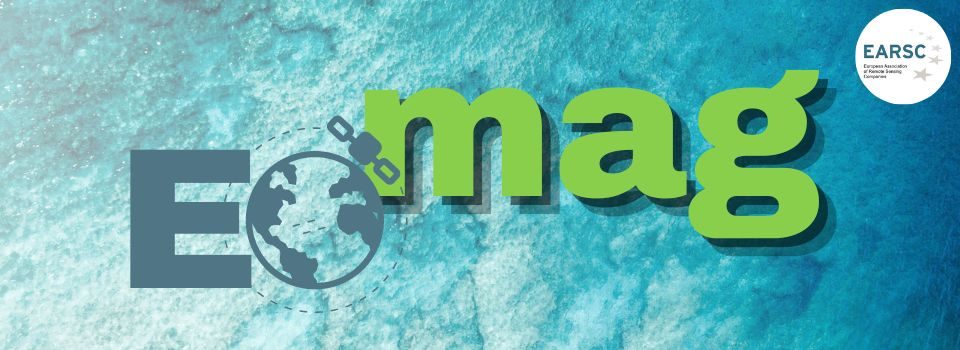The companies expect the small satellites to be capable of collecting imagery with anticipated 80 cm resolution and to leverage DigitalGlobe’s ground infrastructure. The companies expect the spacecraft to launch in late 2018 or early 2019.
TAQNIA and KACST will benefit from DigitalGlobe’s imagery production platform and catalog of high-resolution, high-accuracy imagery, which will improve the native accuracy of the small satellite imagery. TAQNIA and KACST will also benefit from DigitalGlobe’s global distribution capability and existing customer relationships with worldwide buyers of commercial satellite imagery and geospatial information.
KACST will construct, integrate, and launch the satellites, and will own 50 percent of the satellites’ imaging capacity inside of KACST’s communication cone, which includes Saudi Arabia and the surrounding region. DigitalGlobe will have rights to the other 50 percent of the capacity inside this region and 100 percent of the satellites’ capacity outside of the region. TAQNIA will be responsible for marketing and monetizing 50 percent of the capacity within the KACST communication cone. DigitalGlobe will be responsible for marketing and monetizing the remaining 50 percent of capacity within the KACST communication cone and 100 percent of the remaining worldwide capacity. Additionally, DigitalGlobe, TAQNIA, and KACST will share the commercially generated revenue.
